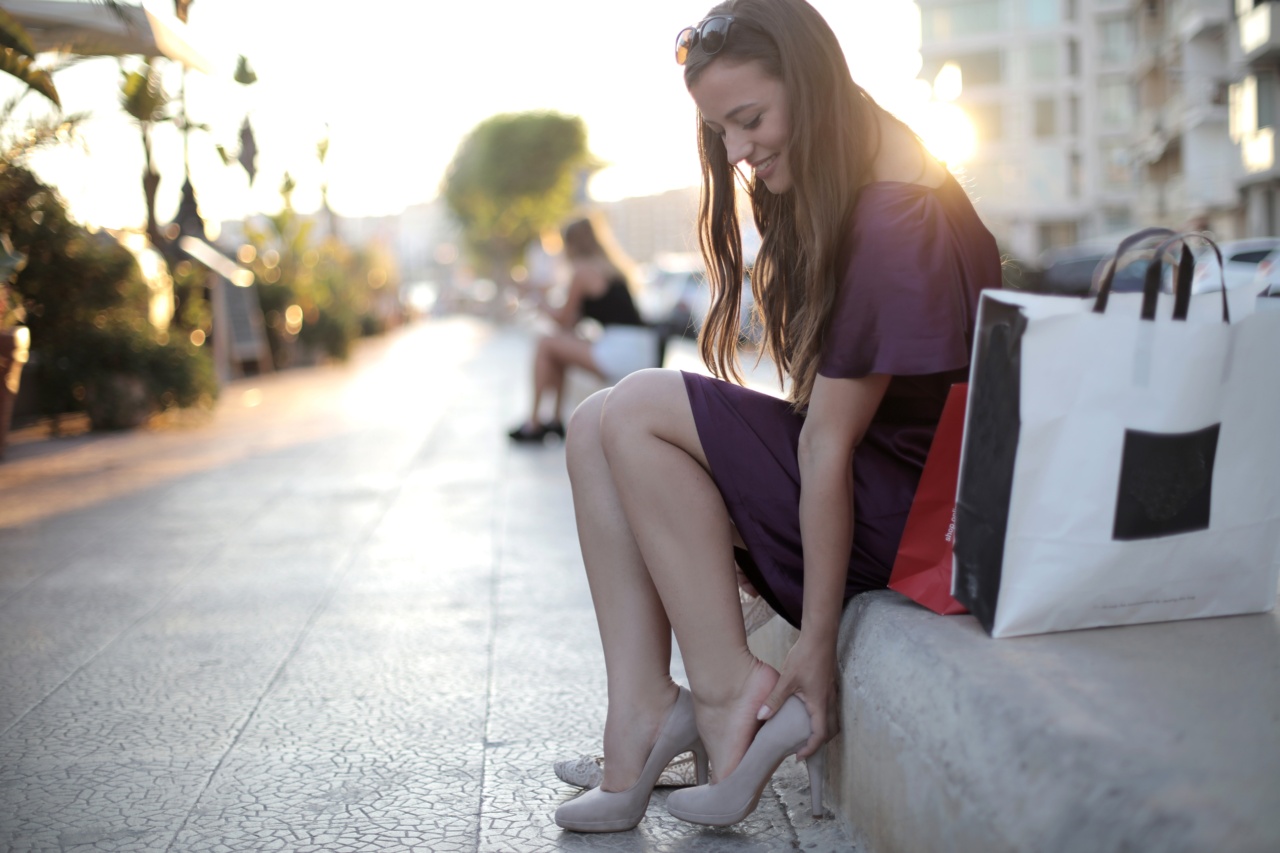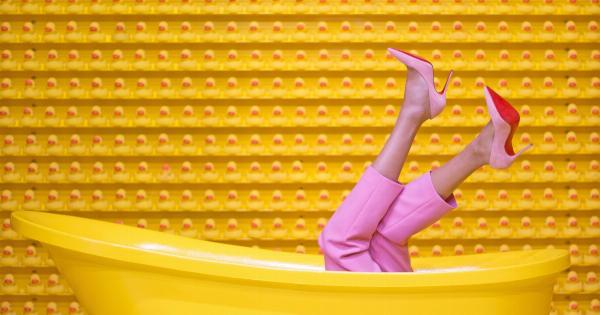When a woman is pregnant, some of the common physical changes that they experience include the enlargement of the uterus, weight gain, and hormonal fluctuations.
These changes can affect the body’s balance and posture and often result in foot-related problems such as flat feet, swelling, and plantar fasciitis. As a result, pregnant women are often advised to wear comfortable shoes with low heels or no heels to provide support and reduce discomfort.
However, some women still wear high heels during pregnancy, either because of work demands or fashion preferences. This article explores the effects of wearing high heels during pregnancy.
The Risks of Wearing High Heels During Pregnancy
Wearing high heels during pregnancy poses several risks, both to the mother and the baby. Some of these risks include:.
1. Reduced Stability
High heels alter a woman’s posture, shifting their weight forward and placing more pressure on the ball of the foot.
2. Increased Risk of Falls
The altered posture and reduced stability increase the risk of falls, which can harm both the mother and the baby. Falls can cause fractures and sprains, and severely impacts the baby as a direct or indirect consequence of the trauma.
3. Increased Risk of Varicose Veins
Wearing high heels compresses the veins in the legs, reducing blood flow and increasing the risk of varicose veins. Varicose veins are swollen, enlarged veins that often cause discomfort, pain, and a sense of heaviness in the legs.
This condition is particularly common during pregnancy because of the increased pressure on the blood vessels in the lower body.
4. Increased Risk of Edema
Edema is a common condition among pregnant women, characterized by swelling of the feet and ankles. Wearing high heels exacerbates this condition by restricting blood flow and increasing pressure on the feet and ankles, causing swelling and discomfort.
Edema could affect the baby by creating a clot in the legs, which could break and circulate through the body.
5. Increased Risk of Muscle and Joint Pain
The strain caused by constant high heels wears down the muscles and joints in the legs, leading to pain and discomfort. This discomfort could result in a prolonged period of bed rest, which is not recommended during pregnancy.
6. Increased Risk of Premature Labor & Injuries
High heels put stress on the pelvic muscles; therefore, it could lead to premature labor.
By wearing high heels, an expectant mother is running the risk of injuries such as breaking ankles, developing knee pain, and other unforeseen injuries that could result in problems post-pregnancy.
Alternative Shoe Options for Pregnant Women
Pregnant women should wear shoes that provide support without compromising their balance and comfort. Here some alternatives:.
1. Sneakers and Athletic Shoes
Athletic shoes with proper insoles provide support, shock absorption, and cushioning, protecting the feet from swelling in a comfortable way. Sneakers don’t increase the risk of falls or premature labor.
2. Comfortable Flats
Flat shoes with adequate support can safeguard the feet from strain while providing some degree of balance to the wearer. They do not increase the pressure that high heels control.
3. Clogs or Mules
Clogs or mules with an adequate degree of arch support can reduce the strain on the feet while providing comfort and balance. They do not lead to a risk of falling or mimick pressure that high heels can cause.
Conclusion
Pregnancy is an exciting time for expectant mothers, but it can be uncomfortable and painful for some.
Women should avoid wearing high heels during pregnancy because they alter the body’s balance, reduce stability, and increase the risk of falls, varicose veins, edema, muscle and joint pain, and premature labour among others. Instead, choose shoes that are supportive, comfortable and cushioned; wear sneakers, flats, or clogs. Doing so will not only safeguard the expectant mother’s health but also optimize the growth and development of the fetus.






























